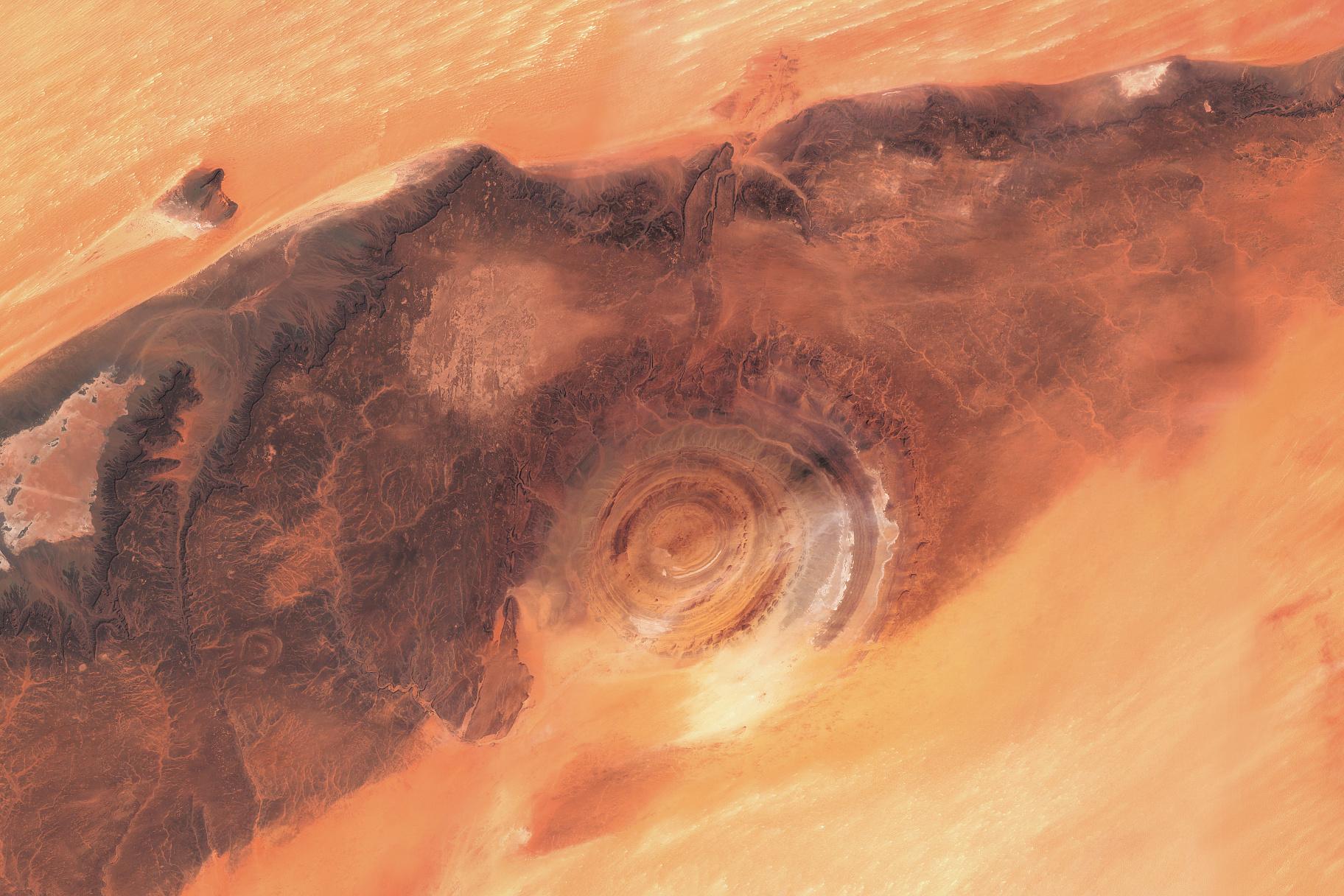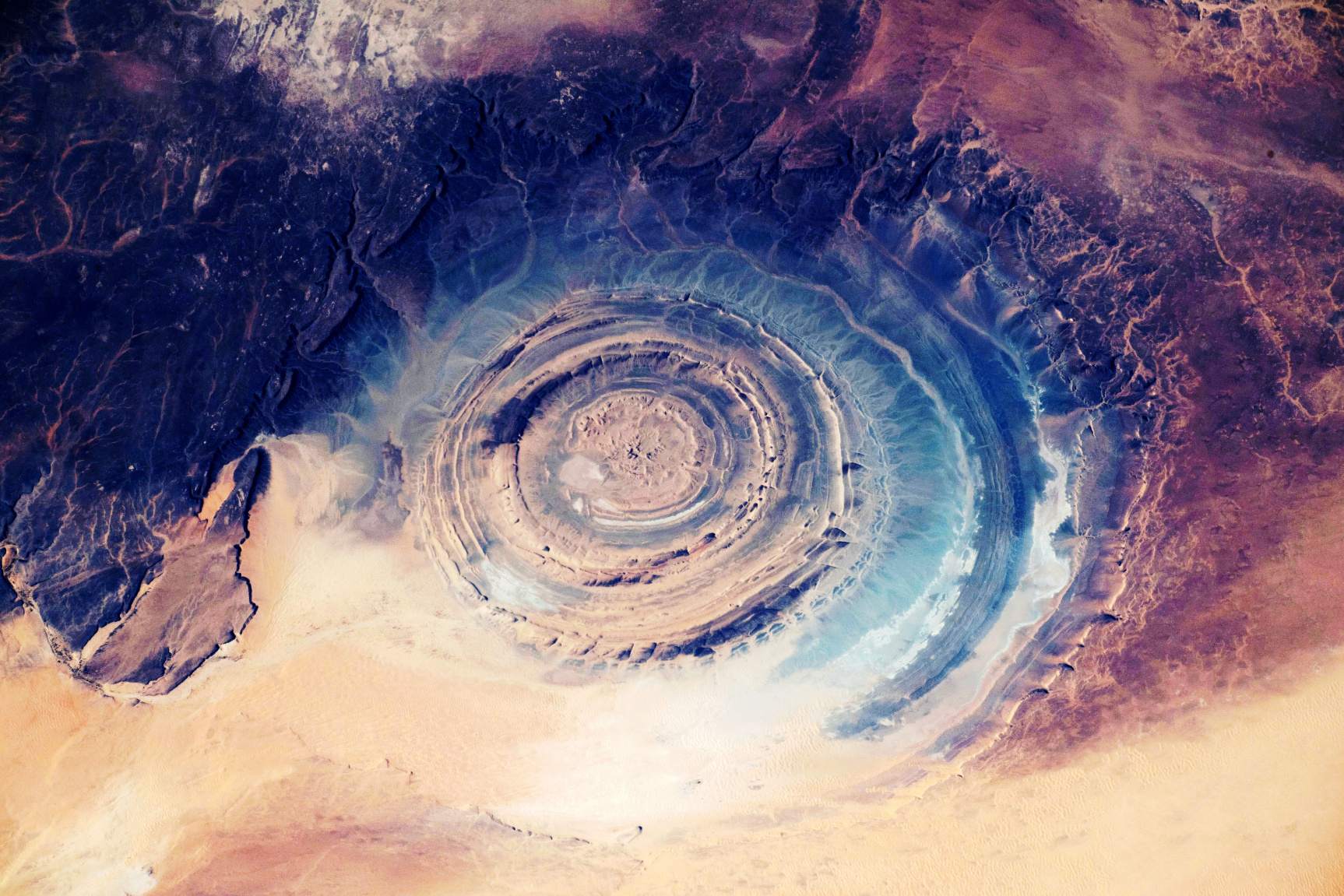We might have been looking in all the wrong places for the location of the lost city of Atlantis since everyone assumes it must be under the ocean somewhere, such as in the depths of the Atlantic Ocean or the Mediterranean Sea. Instead, it could be found in the African desert; and it’s been hiding in plain sight this whole time.

Some theorists have proposed, the remains of the ringed city Plato spoke of in the fourth century BC can be found in the African country of Mauritania — a strange formation known as the Richat structure, or the ‘Eye of the Sahara’, could be the mythical city’s true location.

It is not only the exact size and shape Plato said it was — nearly 127 stadia, or 23.5 km (38 miles) across and circular — but mountains he described to the north can be seen quite clearly on satellite imagery, as can evidence of ancient rivers, which Plato said flowed around the city.
Scientists are yet to figure out exactly what created the Richat structure, saying while it looks like a crater, there’s no evidence of any impact.

Plato said Atlantis was destroyed in a “single day and night of misfortune” and sank beneath the waves. The scientific record does show the Earth underwent significant climate upheaval around 11,500 years ago, when Atlantis is alleged to have disappeared. Theorists also point out satellite imagery that resembles the aftermath of a tsunami unlike anyone alive today would have seen.
Doesn’t the entire region of the Richat Structure look like it was blasted by flowing water or a tsunami?
Most of the mainstream scholars believe the tale of Atlantis was merely that — a fable. In recent decades, a number of places have been singled out as potential sites — including Crete, the Atlantic and even Antarctica. Do you think, the ‘Eye of the Sahara’ could be the mythical lost city of Atlantis?




